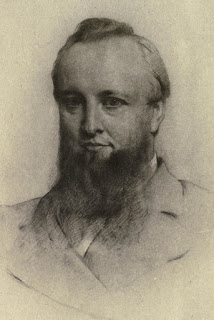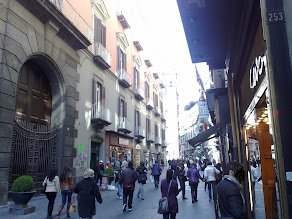The Giannini sextuplets
The multiple birth that made history
History was made on this day in 1980 when a schoolteacher from the Casentino valley in Tuscany gave birth to sextuplets in a hospital in Florence. The babies – four boys and two girls – delivered between 4.17am and 4.22am at the Careggi Hospital, on the northern outskirts of the Tuscan capital, grew to become the first sextuplets in Europe to survive beyond infancy and only the second set in the world. Their arrival turned the Gianninis - mum Rosanna and dad Franco - into instant celebrities and their house in Soci, a village in the municipality of Bibbiena, 60km (37 miles) east of Florence, was besieged by the world’s media, seeking pictures and interviews. In Italy, the event was celebrated with particular enthusiasm, heralded as the good news the nation craved after a particularly difficult year marked by a series of catastrophes, including the Ustica plane crash, the bombing of Bologna railway station and the Irpinia earthquake. The family eventually signed an exclusive deal with the best-selling Italian magazine Gente for access rights. Photographs of the children appeared around the time of their birthday for a number of years. Read more…
__________________________________________________________
Galeazzo Ciano - ill-fated Fascist politician
The son-in-law Mussolini had shot as a traitor
Galeazzo Ciano, part of the Fascist Grand Council that voted for Benito Mussolini to be thrown out of office as Italy faced crushing defeat in the Second World War, was killed by a firing squad in Verona on this day in 1944 after being found guilty of treason. The 40-year-old former Foreign Minister in Mussolini's government was also his son-in-law, having been married to Edda Mussolini since he was 27. Yet even his position in the family did not see him spared by the ousted dictator, who had been arrested on the orders of King Victor Emmanuel III but, after being freed by the Nazis, later exacted revenge against those he felt had betrayed him. Ciano, a founding member of the Italy's National Fascist Party whose marriage to the Duce's daughter certainly helped him advance his career, had largely been supportive of Mussolini and was elevated to Foreign Minister in part because of his role in the military victory over Ethiopia, in which he was a bomber squadron commander. Yet he expressed doubts from the start over Italy's readiness to take part in a major conflict. In his diaries, which Edda was later to use without success as a bargaining tool as she tried to save her husband's life, Ciano recalled that he had tried to persuade Mussolini against committing to an alliance with Hitler. Read more…
__________________________________________________________
The 1693 Sicily earthquake
Devastation that led to architectural rebirth
A huge earthquake destroyed or severely damaged scores of towns and cities in Sicily on this day in 1693, killing more than 60,000 people. Records say the tremor struck at around 9pm local time and lasted about four minutes. It was mainly confined to the southeast corner of the island, with damage also reported in Calabria on the Italian mainland and even on Malta, 190km (118 miles) away. Although it is an estimate rather than a verifiable figure, the earthquake has been given a recorded magnitude of 7.4, which makes it the most powerful in Italian history, although in terms of casualties it was eclipsed by the earthquake that destroyed much of Messina and Reggio Calabria in 1908, with perhaps up to 200,000 killed. At least 70 towns and cities - including Catania, Syracuse (Siracusa), Noto and Acireale - were either very badly damaged or destroyed, with an area of 5,600 sq km (2,200 sq mi) affected. The earthquake is indirectly responsible for the wonderful Baroque architecture that makes the cities of southeast Sicily so attractive, commissioned by the island’s wealthy Spanish aristocracy. Read more…
_________________________________________________________
Matteo Renzi – politician
Italy's youngest Prime Minister was inspired by the scout movement
Matteo Renzi, the former Prime Minister of Italy, was born on this day in 1975 in Florence. When he became Prime Minister in February 2014, he was the youngest person to hold the office since Italian unification in 1861. His father, Tiziano Renzi was a Christian Democrat local councillor in Rignano sull’Arno, where Renzi was brought up as part of an observant Catholic family. He went to school in Florence and was a scout in the association of Catholic Guides and Scouts of Italy. On Renzi’s personal website he carries a quote from Robert Baden-Powell, founder of the Scout Movement: “Lasciare il mondo un po’ migliore di come lo abbiamo trovato - Leave the world a bit better than how you found it.” In government, Renzi reformed labour and employment laws to boost economic growth and abolished some small taxes. Renzi became interested in politics while still at school. He graduated from the University of Florence with a degree in Law and at the age of 21 joined the Italian People’s Party. After being elected as President of Florence Province in 2004, he joined the Democratic Party and was elected as Mayor of Florence in 2009. Read more…


















